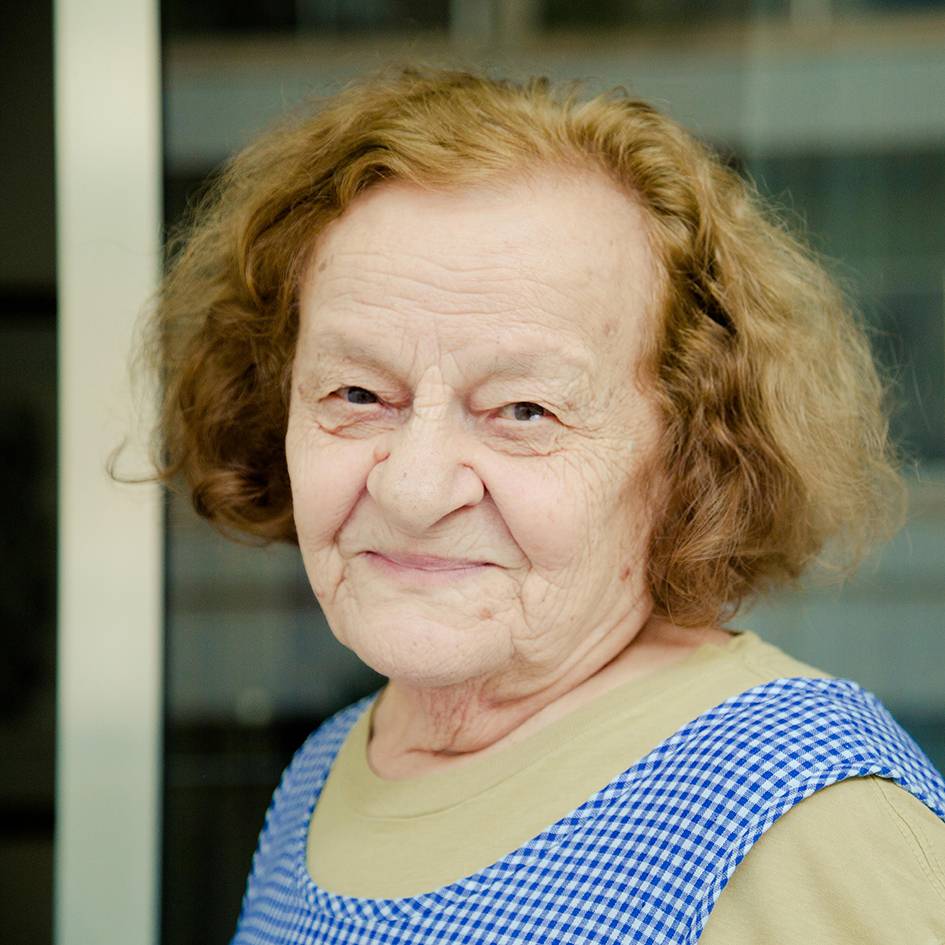
Born in 1931 in Deir al-Qamar, Laure Ghorayeb is a Lebanese artist, poet, art critic and author of 4 published books. As a witness of Lebanon’s recent history, Ghorayeb’s work obsessively documents the people and events in her life, combining an almost childlike naivety with a rather dark metaphysical perception. Ghorayeb has participated, since 1966, in a number of solo and collective exhibitions in Lebanon, Europe, Asia and the Arab world, and most recently in “Home Beirut: Sounding the Neighbors” (2017), at the MAXXI Museum in Rome. Represented by Galerie Janine Rubeiz since 2001, she has held a number of solo and group shows, and collaborated with her son, Mazen Kerbaj, on 3 exhibitions all between 2001 and 2015 at the gallery where, In 2016, she was featured in “The Doors of Perception”, alongside artists Huguette Caland and Etel Adnan. Her work is part of a number of prominent collections, like the collection of the British Museum, Sursock Museum and Fondation Saradar.
Ghorayeb passed away in February 2023.
About her work:
As a witness of the years of the Lebanese Civil War, not only as an artist but also as a poet and journalist, Laure Ghorayeb obsessively drew the horrors of the war on caricaturesque works that depict personal adventures and the experience of loss through animated but profoundly irreverent abject characters.
Excavating history in humorous and often sardonic passages, Ghorayeb quotes history to history itself, using a methodology closer to the cinematic montage than mere collage. Drawings overlaid alongside newspaper cuts, personal notes, photographs, cuts from magazines, scraps of paper, sometimes mere doodling.
An accurate surveying of the territory of impossibility called Beirut and its broken voices, shredded between the same newspaper cuts, personal notes, photographs cuts from magazines and scraps of paper.
The search for upheaval and freedom through narration is at the heart of an artist who, after publishing a number of works, has moved into more conceptual fields where found materials and embroidery beans become primary elements of an aesthetic aimed to construct a world still a war, still beset by turmoil, still un-free, still held in chains.